Tumor-Infiltrating T Cells and Their Exosomes: Functional Roles and Microenvironmental Impact
DOI: 10.23977/tranc.2025.060110 | Downloads: 9 | Views: 1158
Author(s)
Xingyu Chen 1, Yulan Fan 2, Xinyu Li 3
Affiliation(s)
1 Cranleigh School, Horseshoe Ln, Cranleigh GU6 8QQ, UK
2 RDF International School, Bai Zi Yuan Science and Technology Park, Kunan Road, Dapeng Street, Dapeng New District, Shenzhen City, Guangdong Province, China
3 Shenzhen Senior High School, No. 8, Zetian Road, Xiangmihu Street, Futian District, Shenzhen City, Guangdong Province, China
Corresponding Author
Xingyu ChenABSTRACT
Exosomes are nanosized phospholipid bilayer vesicles secreted by various cells, rich in bioactive molecules such as proteins, nucleic acids and lipids, which play important roles in intercellular communication and microenvironmental regulation. In recent years, T cell-derived exosomes have become a hotspot in tumor immunity research due to their immune specificity and functional diversity. The aim of this study was to systematically analyze the physicochemical properties of T cell-derived exosomes and their functional effects on tumor cells. T cell-derived exosomes were activated and isolated in vitro, and their particle size distribution, marker protein expression and cellular uptake ability were verified by nanoparticle tracking analysis, Western blot and confocal imaging. Functional experiments showed that T-cell exosomes can effectively inhibit tumor cell proliferation and induce apoptosis, suggesting that they have potential anti-tumor activity. This study provides experimental basis and theoretical support for the application of T-cell exosomes in tumor immunotherapy and expands its research horizons in the field of precision medicine.
KEYWORDS
T Cell, T Cell Exosome, Tumor ImmunotherapyCITE THIS PAPER
Xingyu Chen, Yulan Fan, Xinyu Li, Tumor-Infiltrating T Cells and Their Exosomes: Functional Roles and Microenvironmental Impact. Transactions on Cancer (2025) Vol. 6: 71-86. DOI: http://dx.doi.org/10.23977/tranc.2025.060110.
REFERENCES
[1] Ohnmacht, C., & Eyerich, S. (2022). Diversity of T Helper and Regulatory T Cells and Their Contribution to the Pathogenesis of Allergic Diseases. Handbook of experimental pharmacology, 268, 265–296.
[2] Théry, C., Ostrowski, M., & Segura, E. (2009). Membrane vesicles as conveyors of immune responses. Nature reviews. Immunology, 9(8), 581–593.
[3] Valadi, H., Ekström, K., Bossios, A., Sjöstrand, M., Lee, J. J., & Lötvall, J. O. (2007). Exosome-mediated transfer of mRNAs and microRNAs is a novel mechanism of genetic exchange between cells. Nature cell biology, 9(6), 654–659.
[4] Zhang, L., & Yu, D. (2019). Exosomes in cancer development, metastasis, and immunity. Biochimica et biophysica acta. Reviews on cancer, 1871(2), 455–468.
[5] Agarwal, A., Fanelli, G., Letizia, M., Tung, S. L., Boardman, D., Lechler, R., Lombardi, G., & Smyth, L. A. (2014). Regulatory T cell-derived exosomes: possible therapeutic and diagnostic tools in transplantation. Frontiers in immunology, 5, 555.
[6] Tang, X. J., Sun, X. Y., Huang, K. M., Zhang, L., Yang, Z. S., Zou, D. D., Wang, B., Warnock, G. L., Dai, L. J., & Luo, J. (2015). Therapeutic potential of CAR-T cell-derived exosomes: a cell-free modality for targeted cancer therapy. Oncotarget, 6(42), 44179–44190.
[7] Li, L., Jay, S. M., Wang, Y., Wu, S. W., & Xiao, Z. (2017). IL-12 stimulates CTLs to secrete exosomes capable of activating bystander CD8+ T cells. Scientific reports, 7(1), 13365.
| Downloads: | 1145 |
|---|---|
| Visits: | 91531 |
Sponsors, Associates, and Links
-
MEDS Clinical Medicine
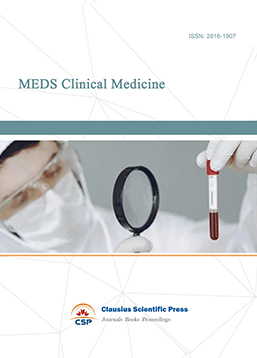
-
Journal of Neurobiology and Genetics
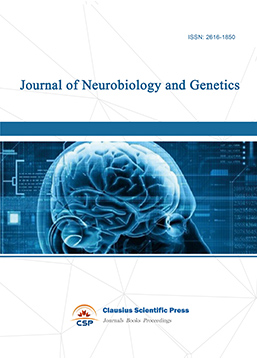
-
Medical Imaging and Nuclear Medicine

-
Bacterial Genetics and Ecology
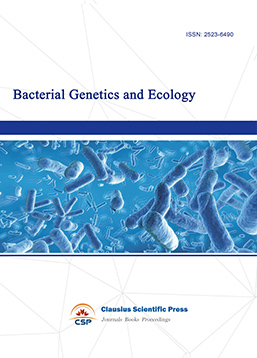
-
Journal of Biophysics and Ecology

-
Journal of Animal Science and Veterinary
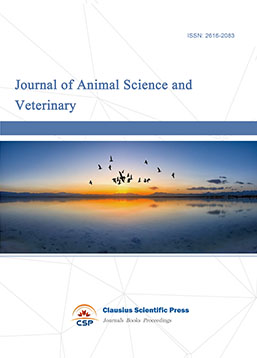
-
Academic Journal of Biochemistry and Molecular Biology
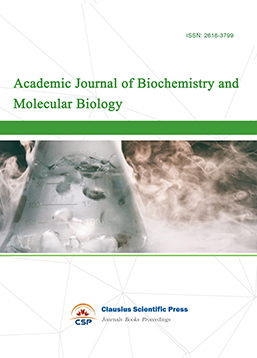
-
Transactions on Cell and Developmental Biology

-
Rehabilitation Engineering & Assistive Technology
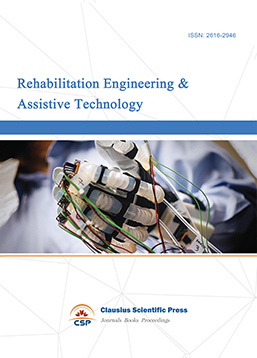
-
Orthopaedics and Sports Medicine
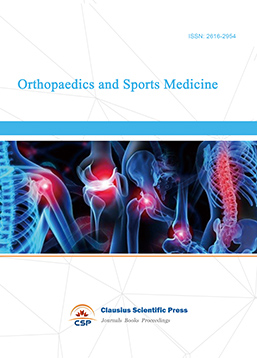
-
Hematology and Stem Cell

-
Journal of Intelligent Informatics and Biomedical Engineering
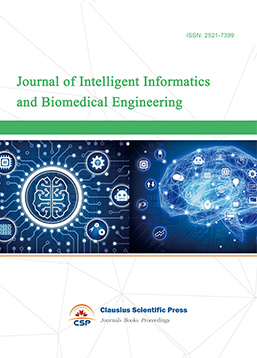
-
MEDS Basic Medicine
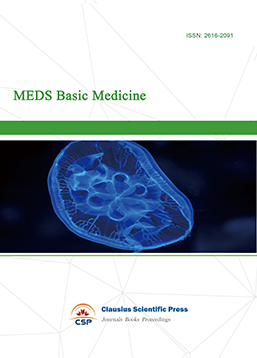
-
MEDS Stomatology
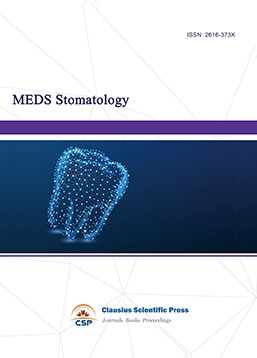
-
MEDS Public Health and Preventive Medicine
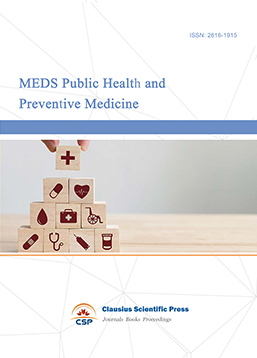
-
MEDS Chinese Medicine
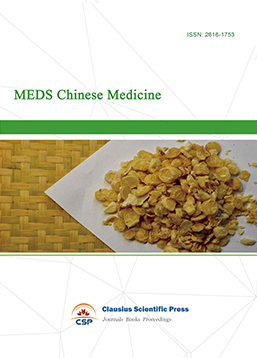
-
Journal of Enzyme Engineering

-
Advances in Industrial Pharmacy and Pharmaceutical Sciences
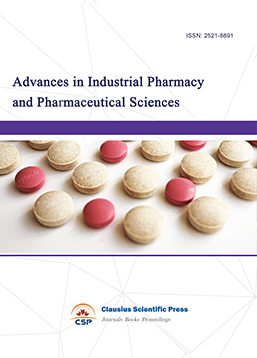
-
Bacteriology and Microbiology
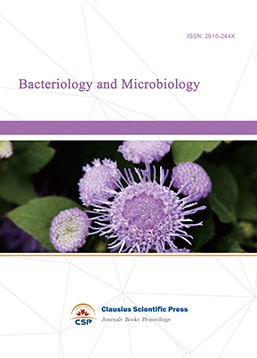
-
Advances in Physiology and Pathophysiology

-
Journal of Vision and Ophthalmology
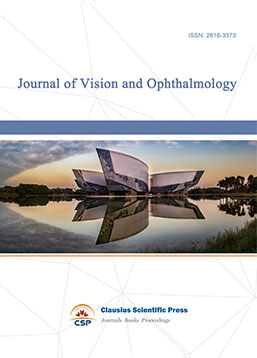
-
Frontiers of Obstetrics and Gynecology

-
Digestive Disease and Diabetes

-
Advances in Immunology and Vaccines

-
Nanomedicine and Drug Delivery
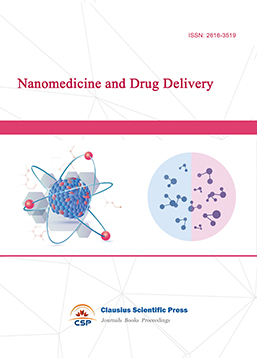
-
Cardiology and Vascular System

-
Pediatrics and Child Health

-
Journal of Reproductive Medicine and Contraception

-
Journal of Respiratory and Lung Disease
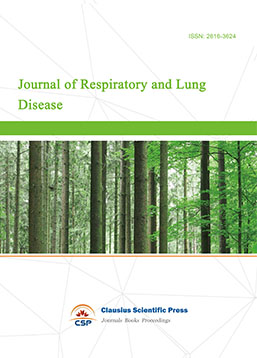
-
Journal of Bioinformatics and Biomedicine


 Download as PDF
Download as PDF